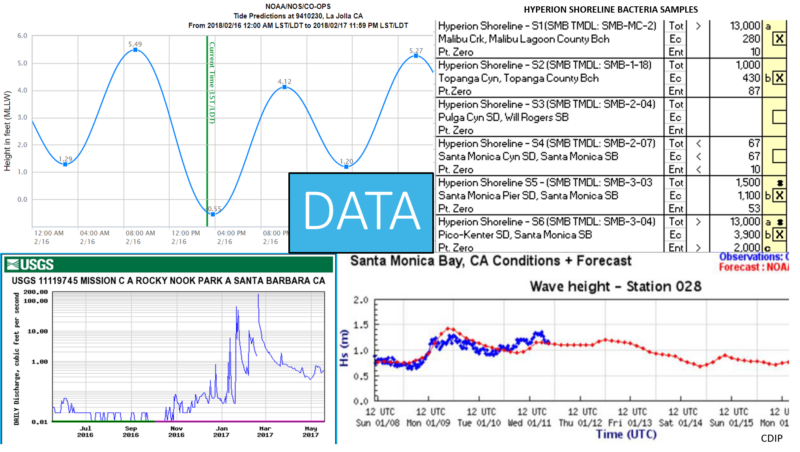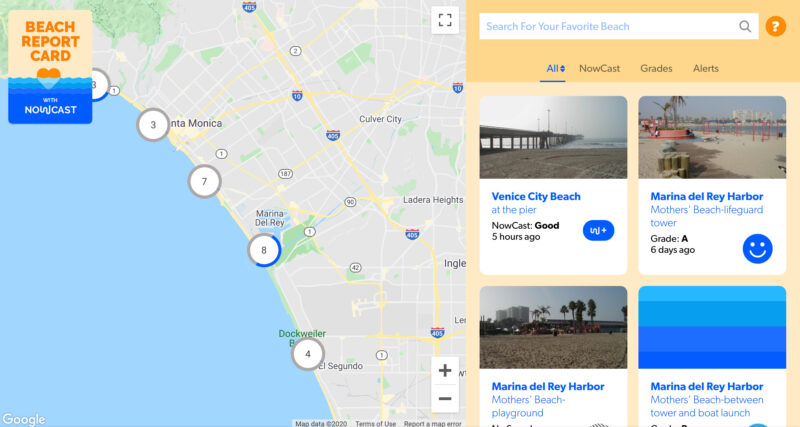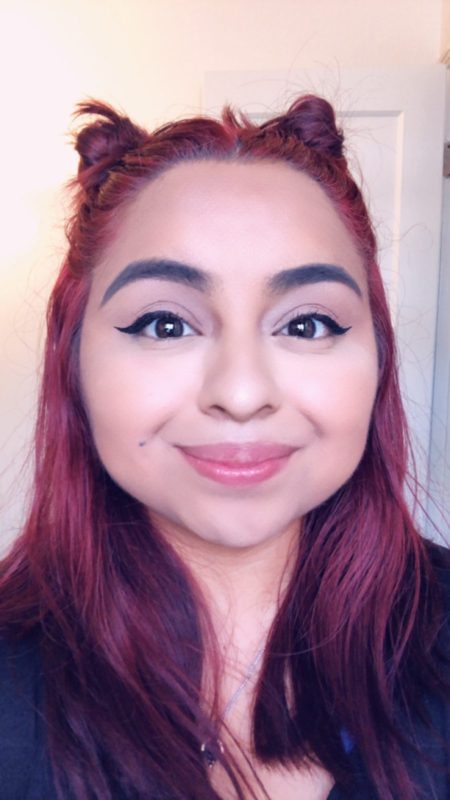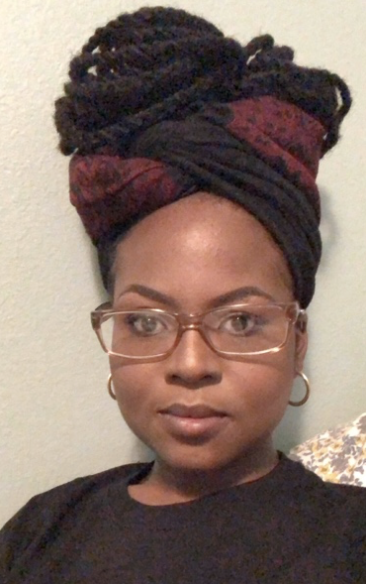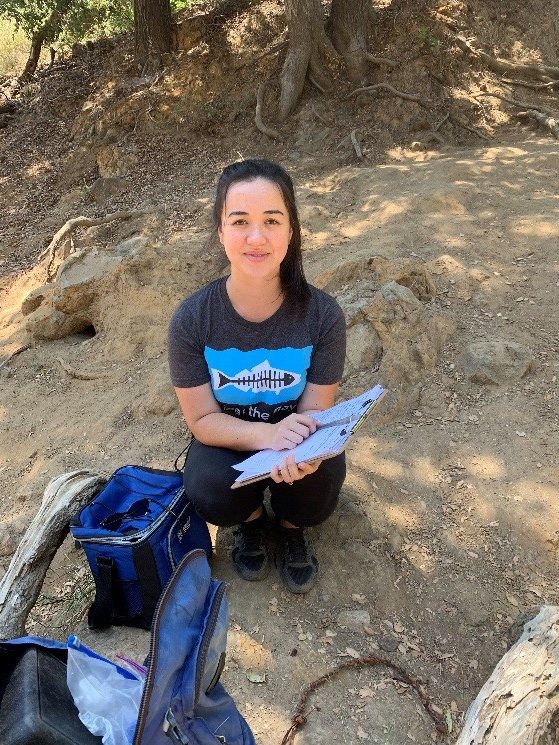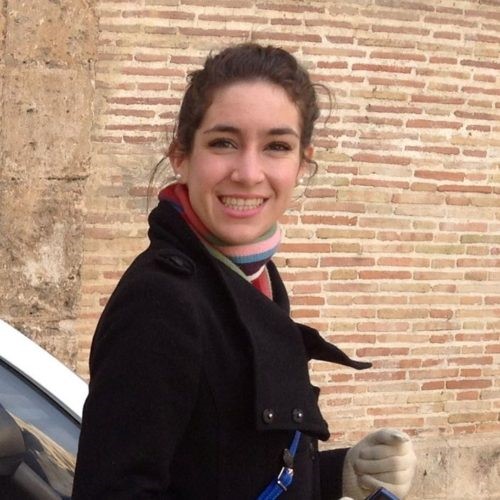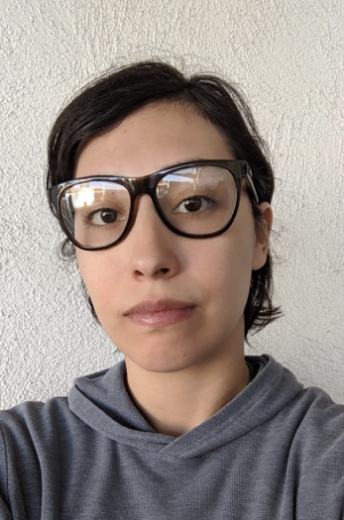It’s been a year since the Hyperion Water Reclamation Plant sewage spill. Where are we now?
LATEST UPDATE APRIL 6, 2023
Late last week, the Los Angeles Regional Water Quality Control Board announced a tentative fine of $21.7M to the City of LA for the July 2021 sewage spill at the Hyperion Treatment facility. The fine is based on five categories of violations, including 1) the discharge of 12.5 million gallons of raw sewage to the Santa Monica Bay, 2) failure to perform offshore sampling for 14 days, 3) failure to comply with permit requirements for odors for 80 days, 4) failure to comply with monitoring and permit reporting requirements for 108 days, and 5) violations of water quality limits for 217 days (38 serious and 22 non-serious violations). The City of LA has until tomorrow, April 7, to agree to this fine and waive a hearing on the matter or to request a postponement of the hearing to allow for further deliberations. Even if the City agrees, there will be a 30-day window for public comment. If the City does not agree to the settlement or ask for a postponement, there will be a hearing. While the maximum amount for the fine, based on the violations, could have been over $500B (yes, that’s billion!), $21.7M is actually the largest penalty the LA Regional Water Board has ever proposed for permit violations. We don’t yet know how or where the final fine amount will be allocated but we hope that a majority of it will go to Supplemental Environmental Projects (SEPs), which provide environmental and public health benefits to affected areas and communities. The good news is that LA Sanitation & Environment has taken several steps to ensure this doesn’t happen again, but there is still more to be done.Heal the Bay will continue to track this issue and provide updates as we get them as well as opportunities for the public to weigh in.
UPDATED JULY 11, 2022
ONE YEAR AGO TODAY, a catastrophic flood at the Hyperion Water Reclamation Plant (Hyperion) sent 13 million gallons of sewage into the Santa Monica Bay endangering the health and safety of Los Angeles County beachgoers and Hyperion workers. For several weeks after the spill, surrounding communities were blanketed in noxious fumes, and the Plant continued to discharge millions of gallons of undertreated wastewater into the ocean as repairs were made. Public notifications were alarmingly slow and reckless with L.A. County Department of Public Health (LACDPH) taking nearly 24 hours to close beaches and issue sewage spill advisories. This major breakdown in infrastructure and public notification is something we cannot afford to have happen again.
Here, we provide a short recap of the response to the spill as well as the most recent updates. For more information about the spill, check our original blog post.
The Response to the Spill
In the weeks after the spill, Heal the Bay supported motions put forth by the L.A. County Board of Supervisors and the L.A. City Council to investigate the cause of the spill as well as the public notification protocols used by government agencies. These motions resulted in the creation of two reports – one created by L.A. Sanitation (hereafter 30-day Report), and one created by an ad hoc committee (hereafter Ad Hoc Report) of experts that included Heal the Bay’s CEO at the time, Shelley Luce, as well as Heal the Bay’s current CEO, Tracy Quinn, who was with the Natural Resource Defense Council. Around this time, L.A. Sanitation launched a website providing information and data about the recovery status of Hyperion in a bid for transparency.
30-day Report
The 30-day Report was released several weeks after the spill, and offered much needed clarity on the events leading up to the spill and an assessment of the damage to Hyperion. This report also provided a minute-by-minute account of the day of the spill. While this report was valuable, it did not identify the cause of the spill as there was not enough time for a thorough investigation.
Ad Hoc Report
The Ad Hoc Report was released on February 11, 2022 and was more comprehensive than the 30-day Report. The Ad Hoc Report found that a series of missteps led to the sewage spill rather than a single sudden influx of debris that inundated Hyperion’s machinery, which was the original theory. The report recommended improvements and next steps for improving Hyperion’s operations including upgrades to the trash removal equipment; improved alarm functionality; and more staffing and training.
Enforcement
This event caused Hyperion to violate both water and air pollution regulations, which means they could be penalized by two government agencies: L.A. Regional Water Quality Control Board (LARWQCB) and the South Coast Air Quality Management (SCAQMD) district. Both agencies state that investigations are ongoing, but we do have some information:
- The SCAQMD has identified 39 separate air quality violations, but since their investigation is still in progress, there is no information about penalties at this point. The SCAQMD states that air pollutant levels no longer exceed state thresholds.
- The LARWQCB has not released information about violations publicly, but we do know that there were sewage discharge and water quality monitoring violations. According to the LARWQCB, Hyperion may be fined between up to a maximum of $10 per gallon of sewage spilled depending on how severe the LARWQCB deems the spill. Given that 13 million gallons were discharged into the ocean, potential penalties could be $130 million dollars – with additional monetary penalties for each day they were in violation (up to $10k per day). Unfortunately, the LARWQCB has a poor track record when it comes to enforcement. In 2015, when Hyperion discharged 30 million gallons of sewage into the Santa Monica Bay, they were fined a little over $2 million or 7 cents a gallon. That penalty is well below the $10 per gallon maximum the LARWQCB could enact.
Latest Updates
On June 29, 2022, L.A. Sanitation (LASAN) provided the public with updates on the status of the Plant’s operations:
Completed
- LASAN worked with LACDPH and other agencies to improve public notification protocols.
- Additional staff have been hired at Hyperion.
- Alarms are audible and more visible in the Headworks facility; emergency protocols have been updated; and staff have received additional training.
- Certain buildings were upgraded to make them less vulnerable to flooding.
- More effective air filters were installed to address fumes.
In Progress
- Pipes carrying wastewater to the Plant will be inspected and cleared of debris.
- The flood control mitigation feature in the Headworks facility will be automatic and will not rely on an employee to activate the feature in case of an emergency.
- All equipment in the Headworks facility will have the ability to be operated remotely in case conditions in the Headworks facility are too dangerous for workers.
- Electrical equipment will be updated and protected so it can withstand a flood.
- New covers will be installed on effluent storage tanks, which will help prevent noxious fumes from seeping into the surrounding neighborhoods. Sensors will also be installed around the facility’s perimeter to measure fume concentrations.
What Comes Next
We are glad to see that Hyperion has made so many upgrades to its infrastructure within one year of sustaining catastrophic damage. At face value, the updates to Hyperion’s operations, both completed and in progress, will prevent a similar disaster from happening in the future at the Plant. However, this will not be the end of major sewage spills in Los Angeles County. Until major infrastructure updates are implemented across the County, we can expect to see failures in our sewage system like the December 2021 spill in Carson. We urge decision makers to fund infrastructure updates to keep pollution out of our communities and ecosystems.
LASAN will also need to work on rebuilding public trust as Hyperion transitions to full wastewater recycling by 2035. This transition means that Hyperion will no longer discharge treated water to the ocean, but will instead recycle 100% of its water to provide for a reliable and local source of water in the face of ongoing drought and climate change impacts. Heal the Bay is a strong supporter of this effort to reduce our reliance on imported water as well as reduce impacts to the ocean – we will be tracking the issue closely to ensure that public health is prioritized along with sustainability.
L.A. Sanitation and LACDPH have stated that they are working together on updated protocols for public notifications in case of a sewage spill, but we have seen little documentation or evidence of this. We urge both agencies to provide us with more information on how they will communicate with each other and the public in case of a sewage spill.
Once LARWQCB and SCAQMD complete their investigations, they will levy a monetary penalty on Hyperion/L.A. Sanitation. Some of these funds could go towards Supplemental Environmental Projects (SEPs) – which are projects aimed at improving the environment. For example, approximately $1 million of the penalties resulting from the 2015 Hyperion spill went to environmental education programs including Heal the Bay’s and LASAN’s Don’t Flush That campaign. Another $1 million went towards cleanup and abatement costs of the spill. We urge LARWQCB and SCAQMD to enact fines that will adequately remediate the damage caused by this spill and also act as a deterrent for future environmental violations. Check out L.A. Waterkeeper’s blog for more information.
Heal the Bay will continue to monitor this issue and provide updates. We’d like to thank our local communities for diligently staying informed on this issue. Right after the spill happened, we received countless inquiries from members of the public, and in response we hosted a Live discussion on Instagram to answer your important questions. If you continue to have questions about the spill, please contact us.
Written by Luke Ginger. As a Heal the Bay Water Quality Scientist, Luke fights for the environment’s rights by advocating for water quality regulation and enforcement. He’s also looking out for the humans who go to the beaches, rivers, and streams by managing the Beach Report Card, River Report Card, and NowCast programs.



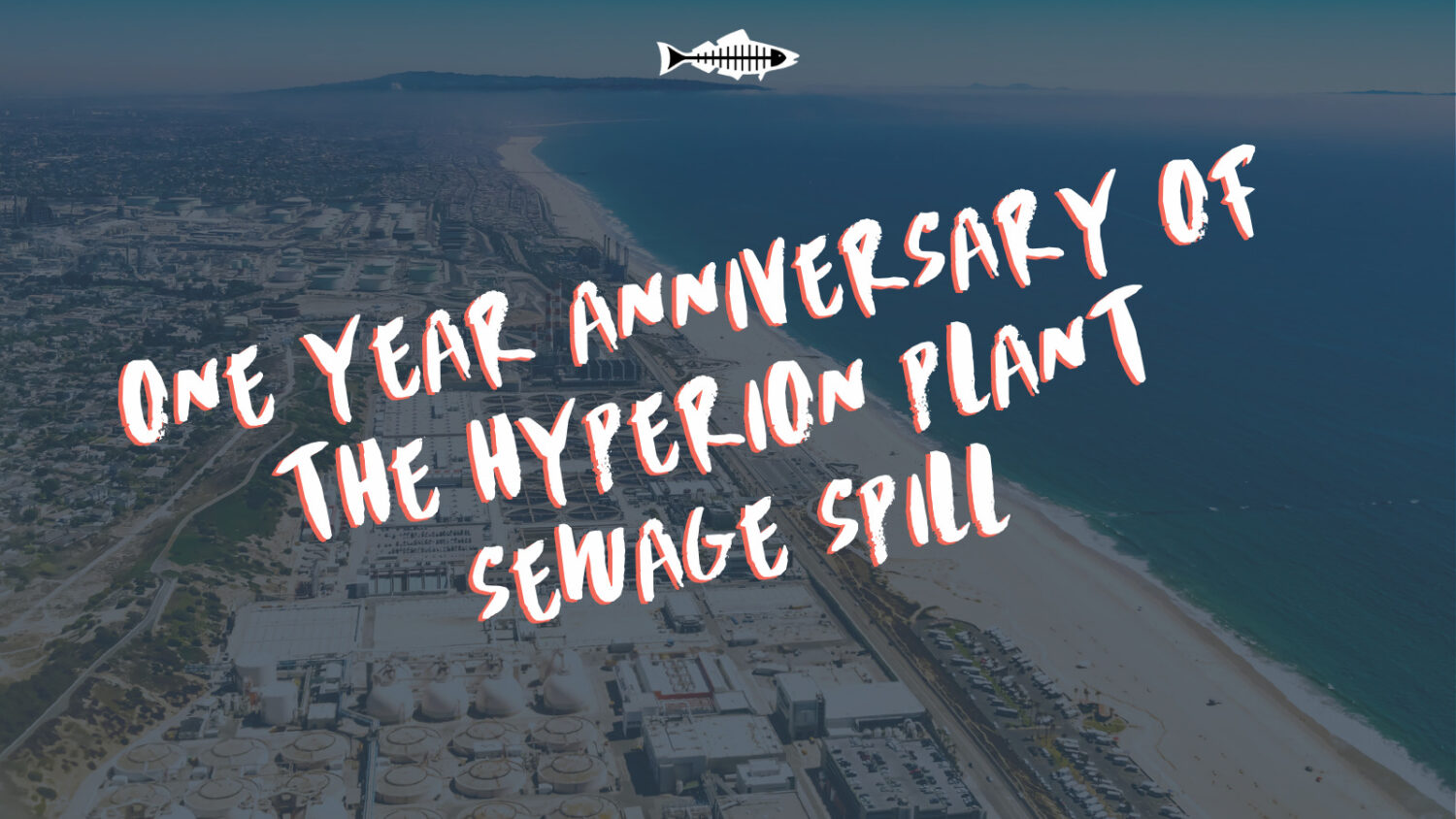

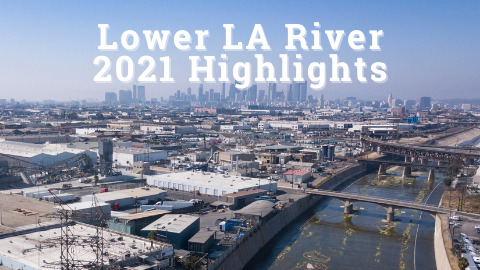

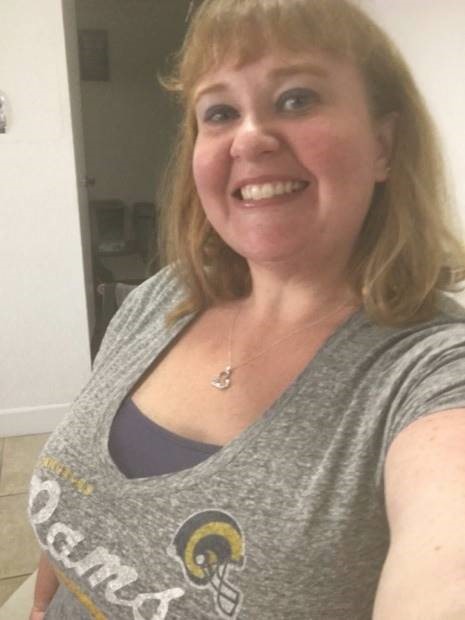
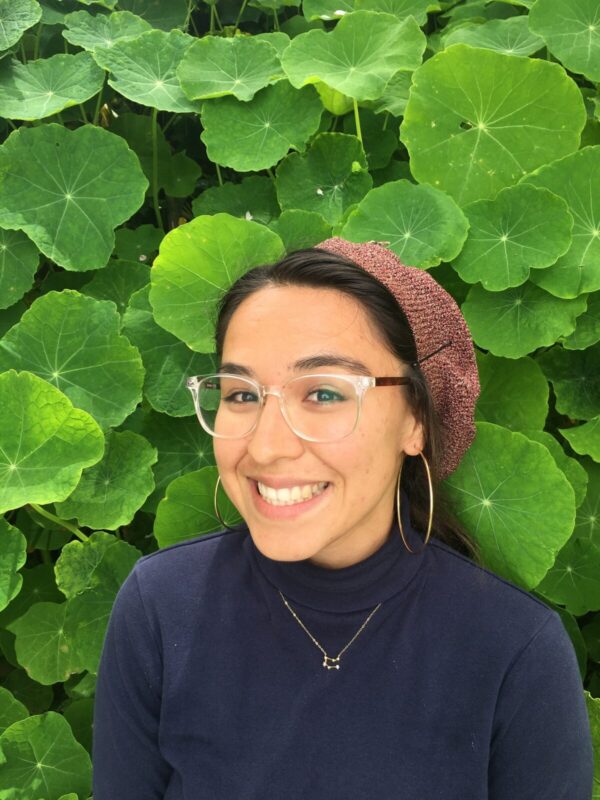
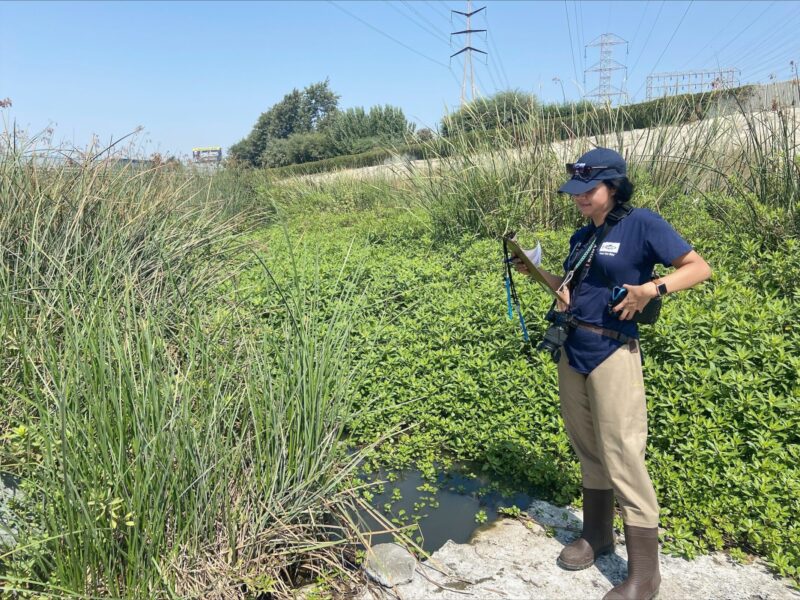

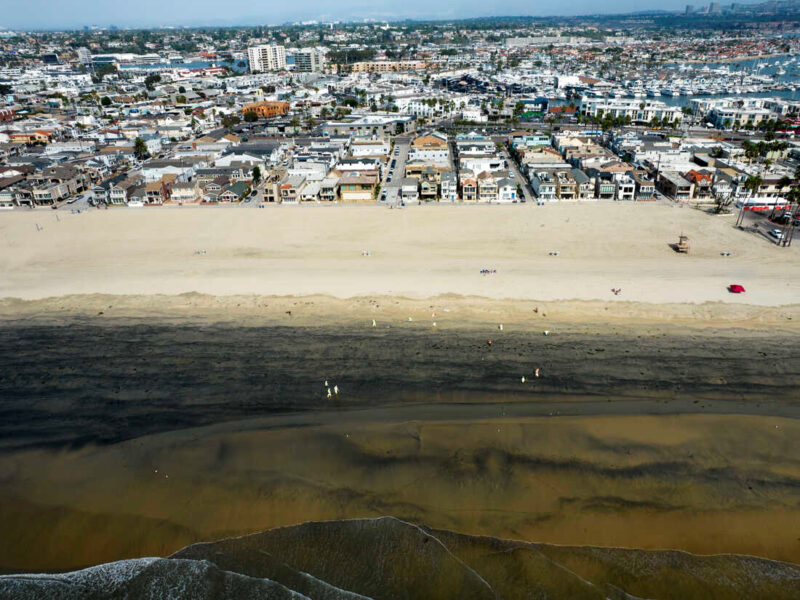
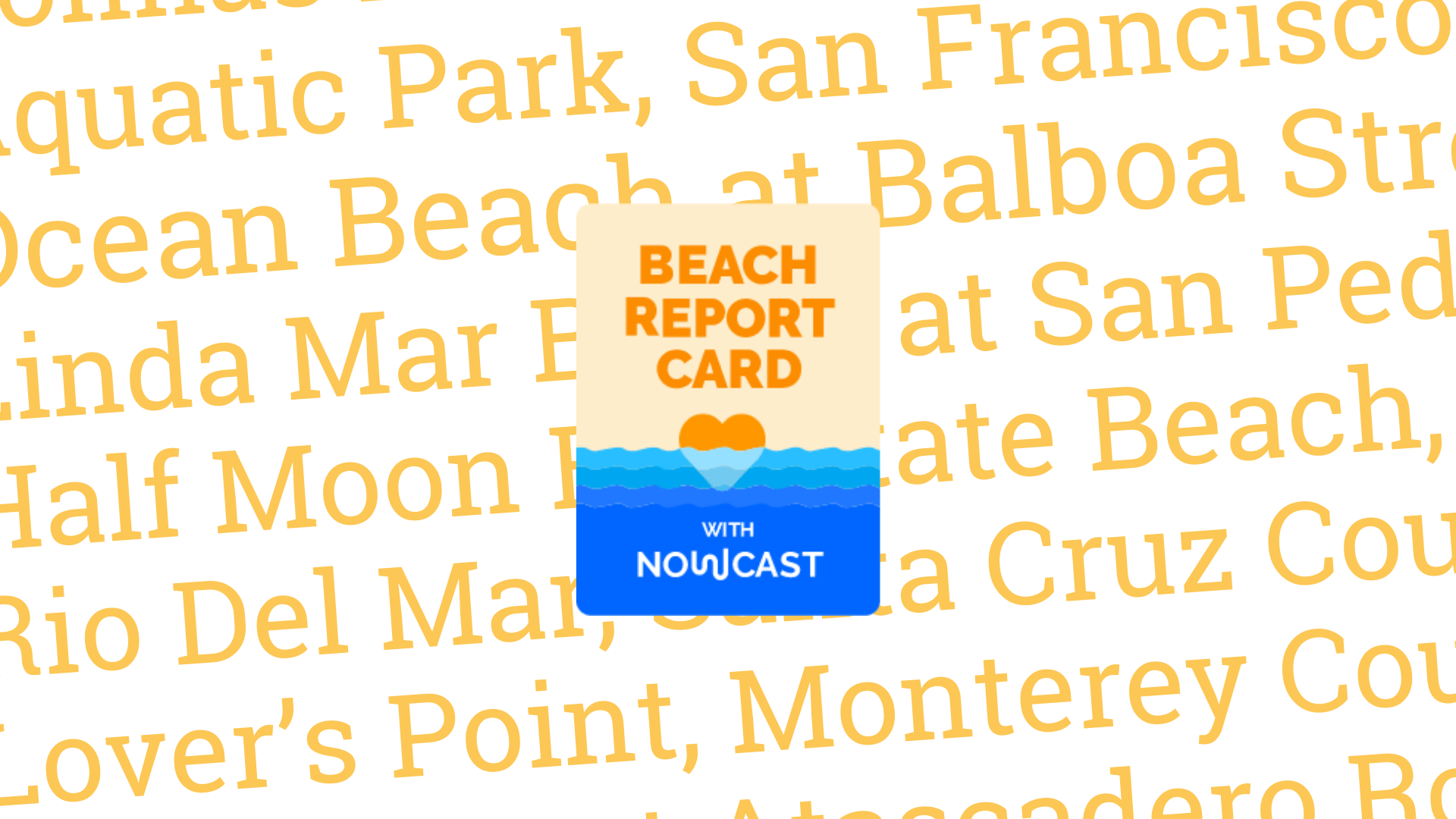
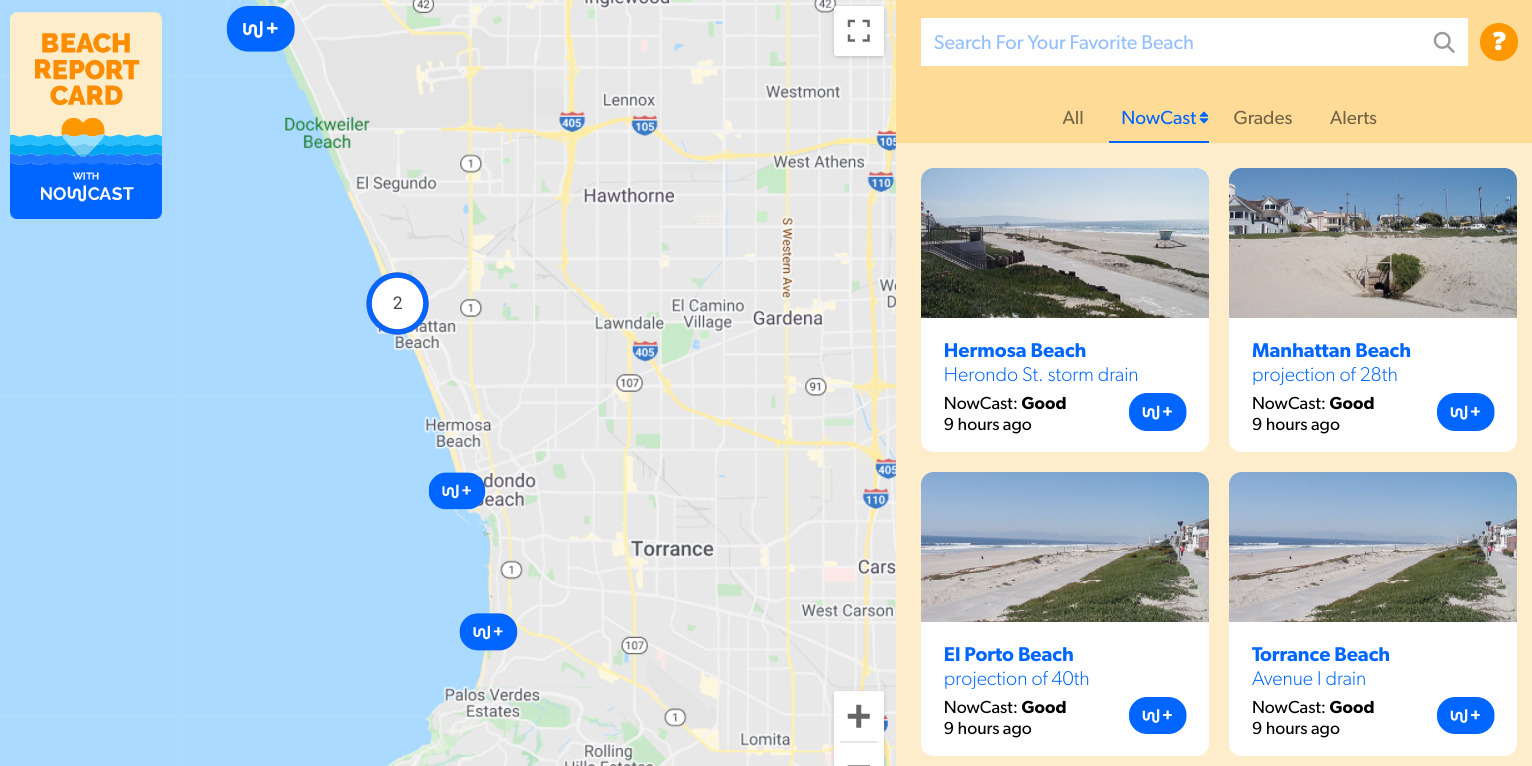





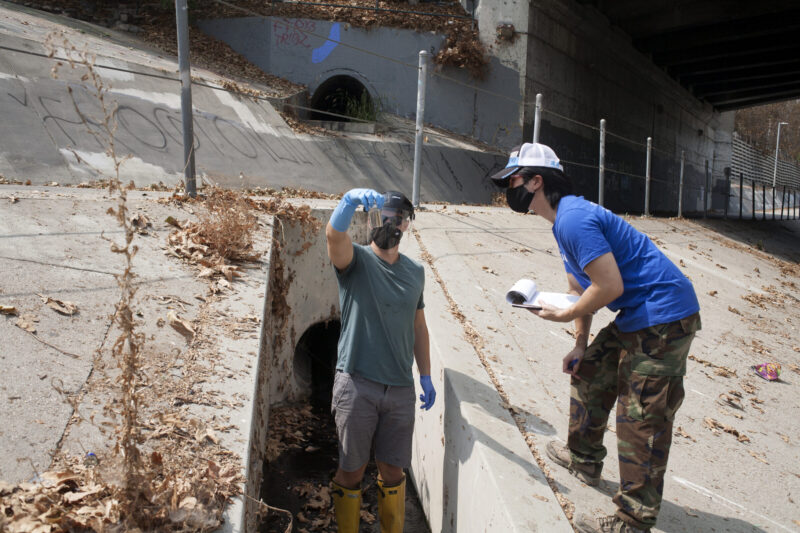
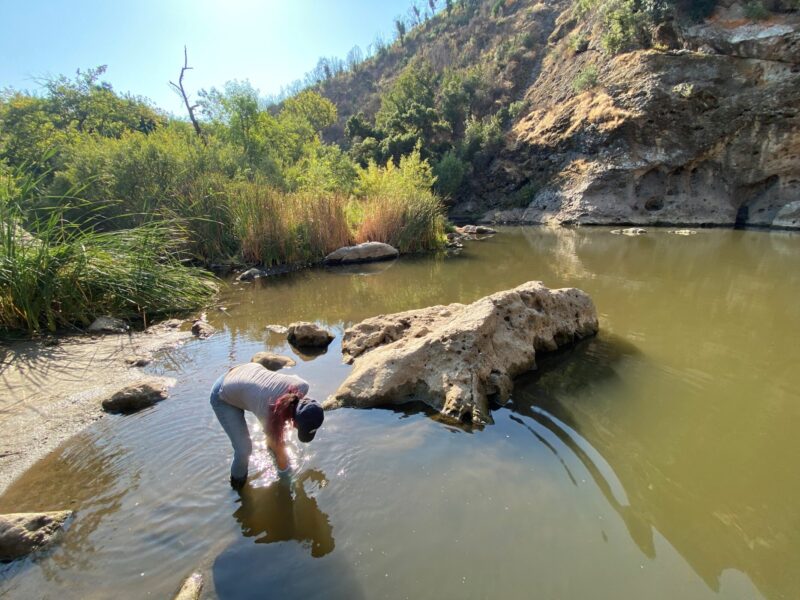 Monitoring efforts by
Monitoring efforts by 
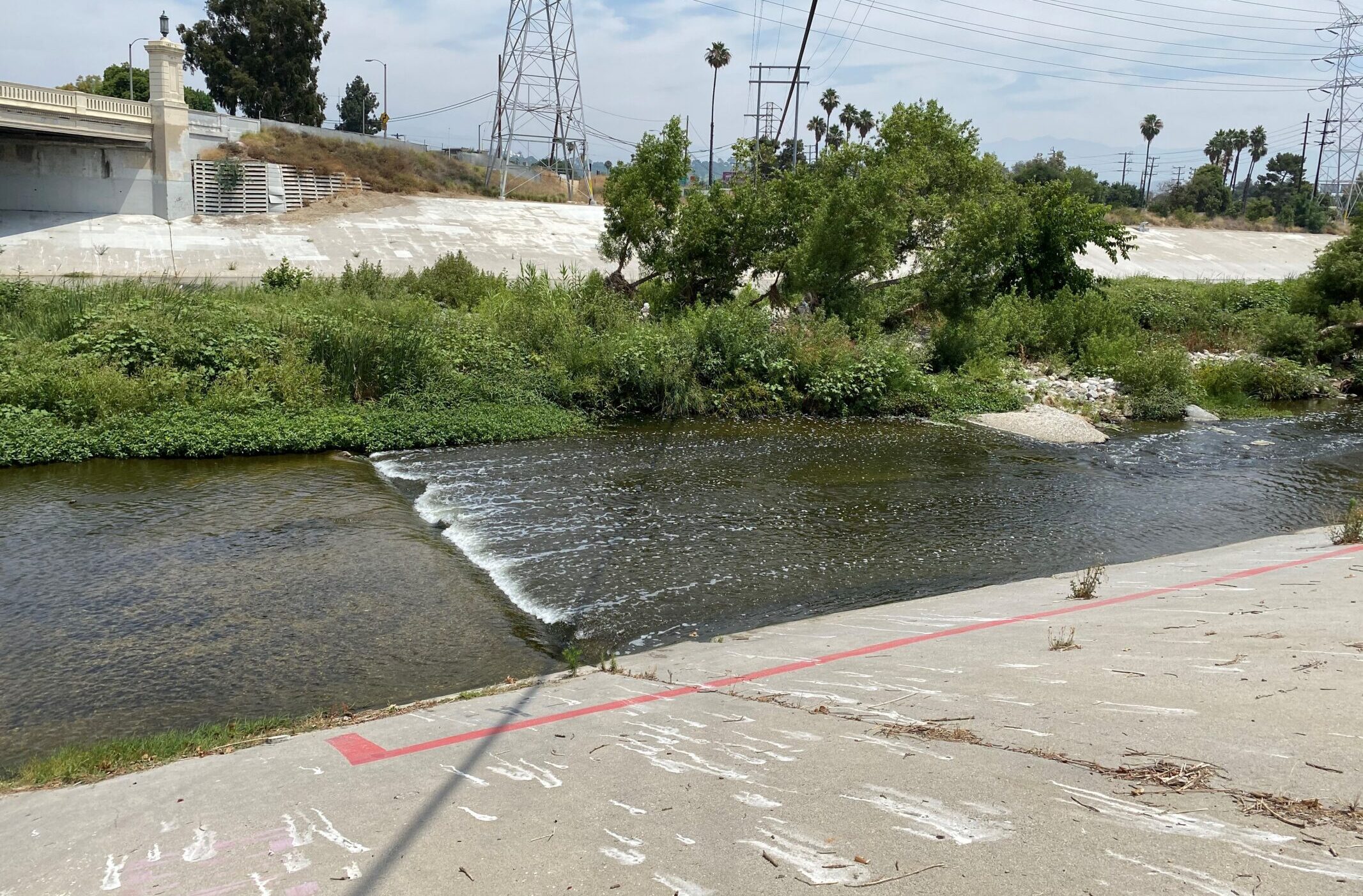
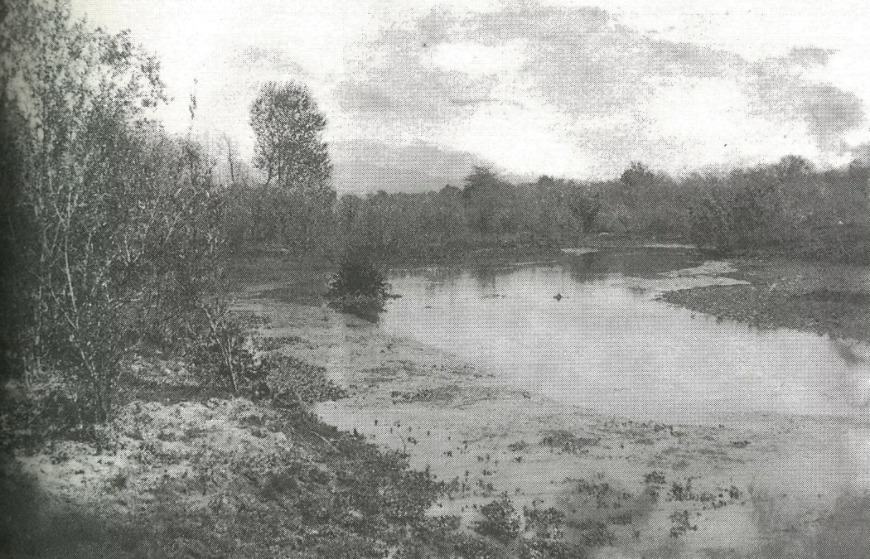
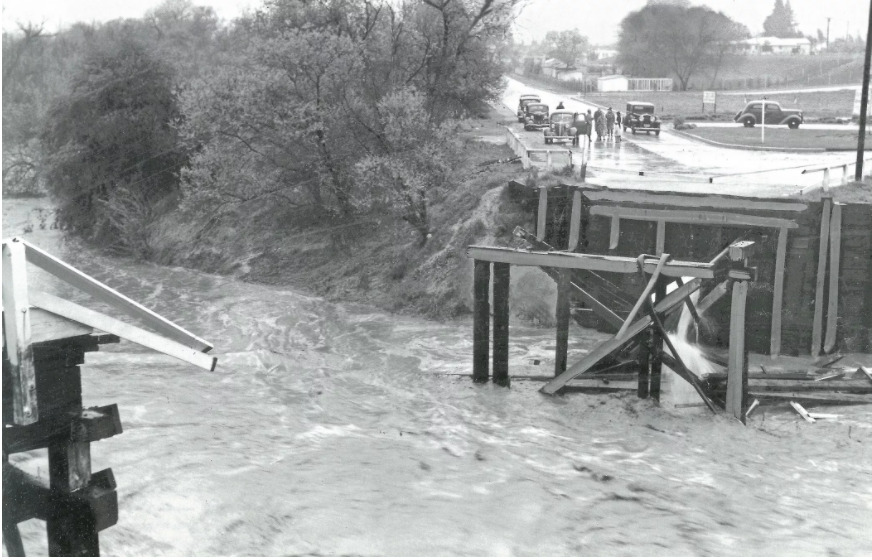
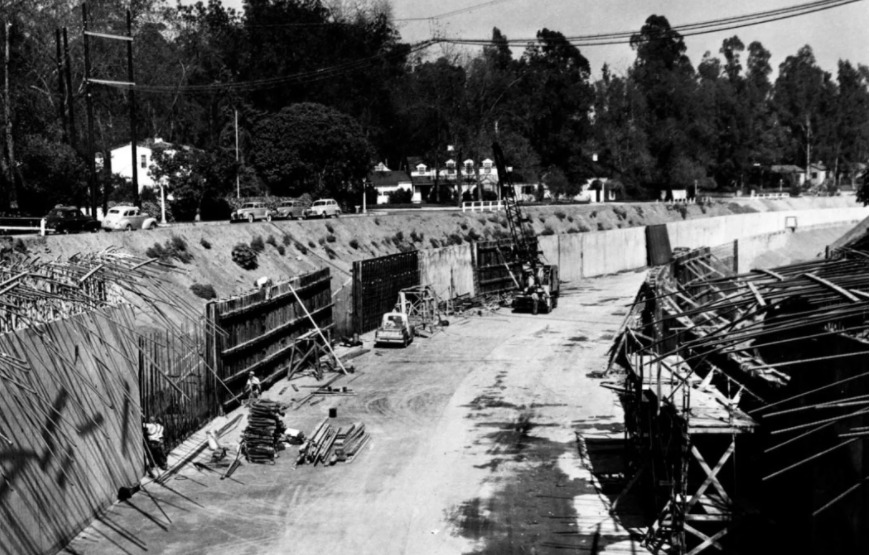
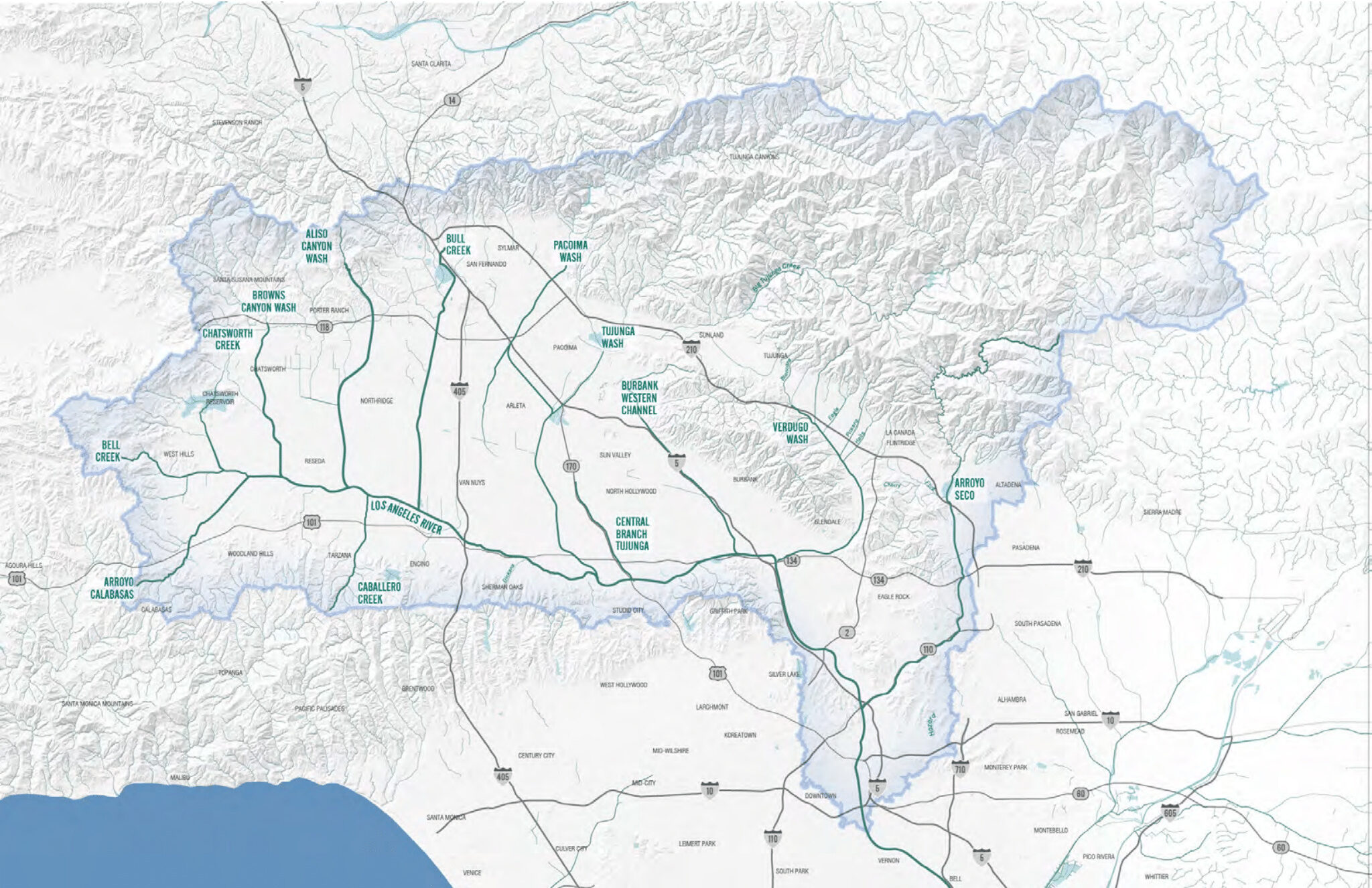
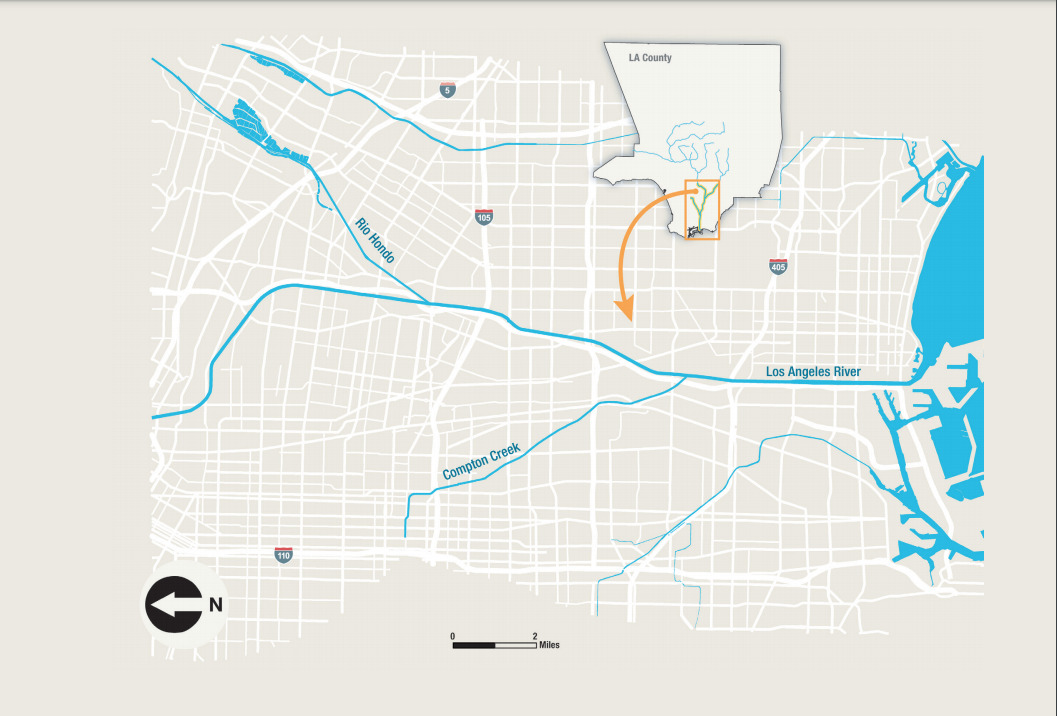
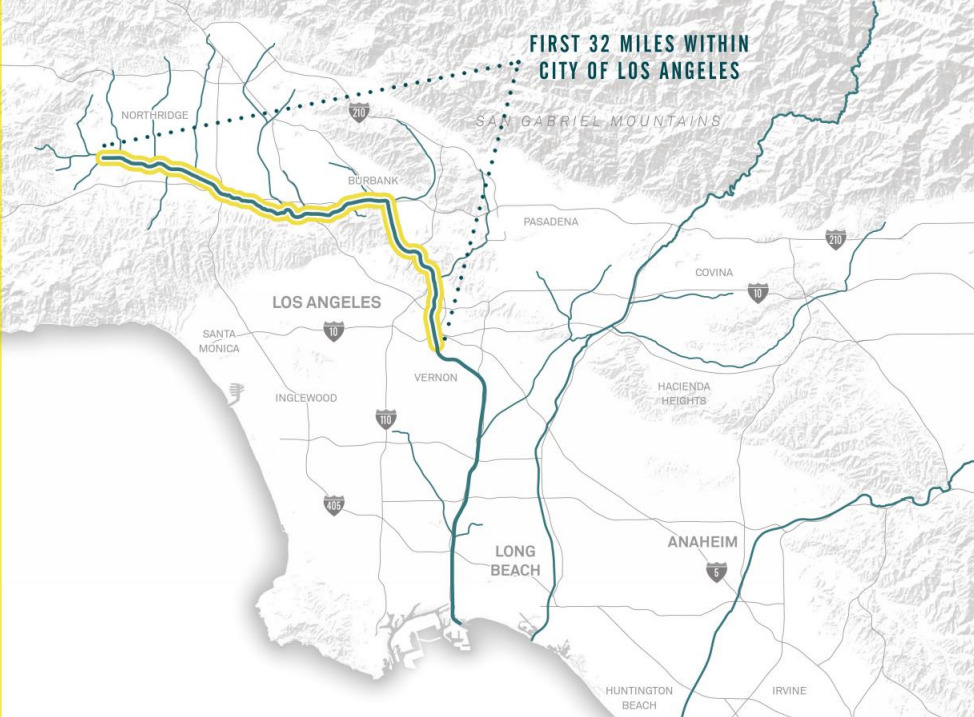
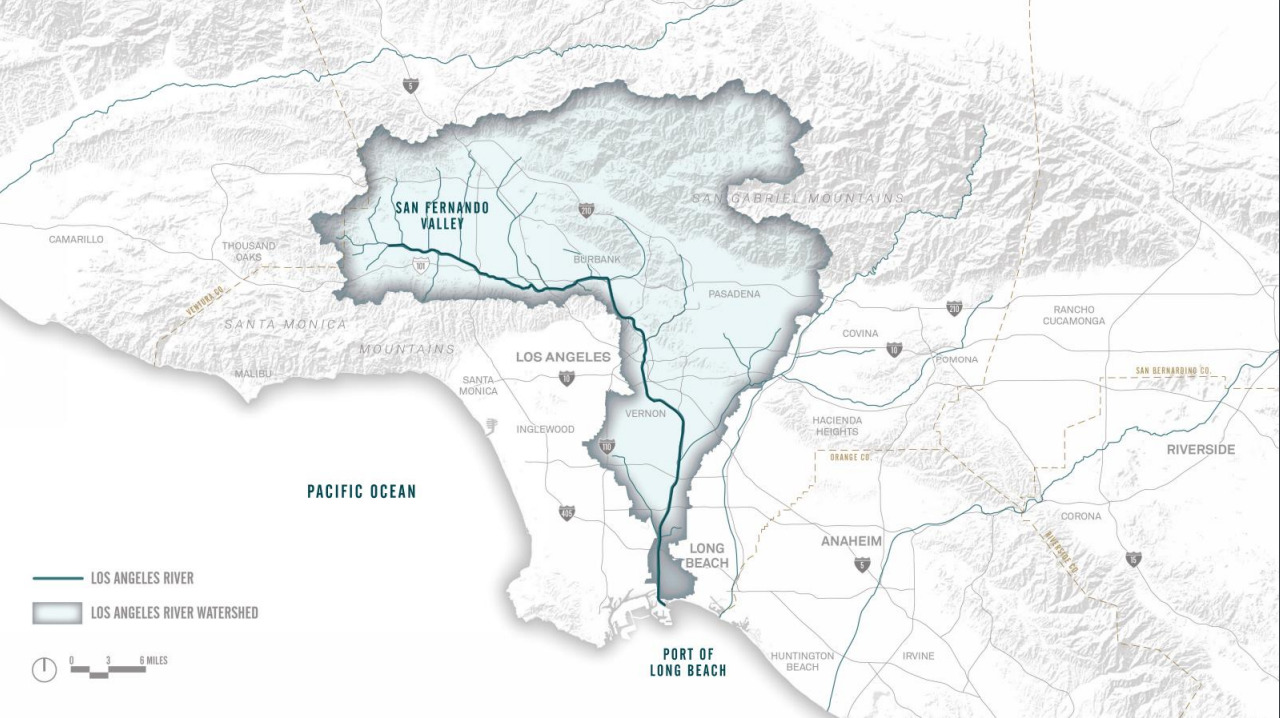
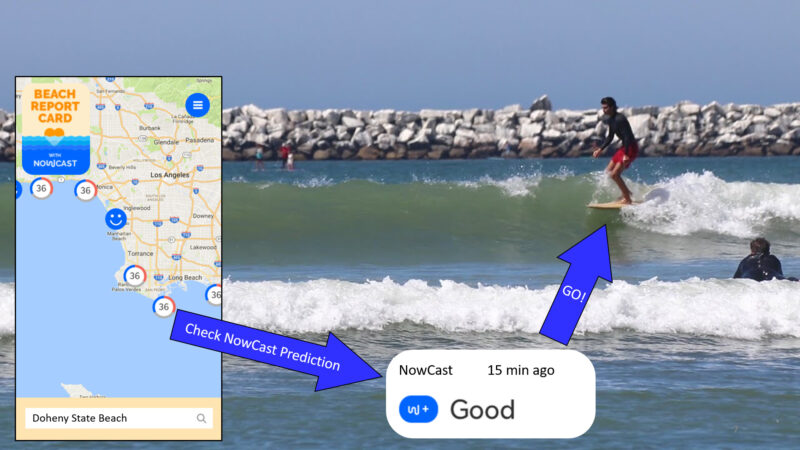 For the sixth straight summer, Heal the Bay is posting daily water quality predictions for California Beaches on our
For the sixth straight summer, Heal the Bay is posting daily water quality predictions for California Beaches on our 